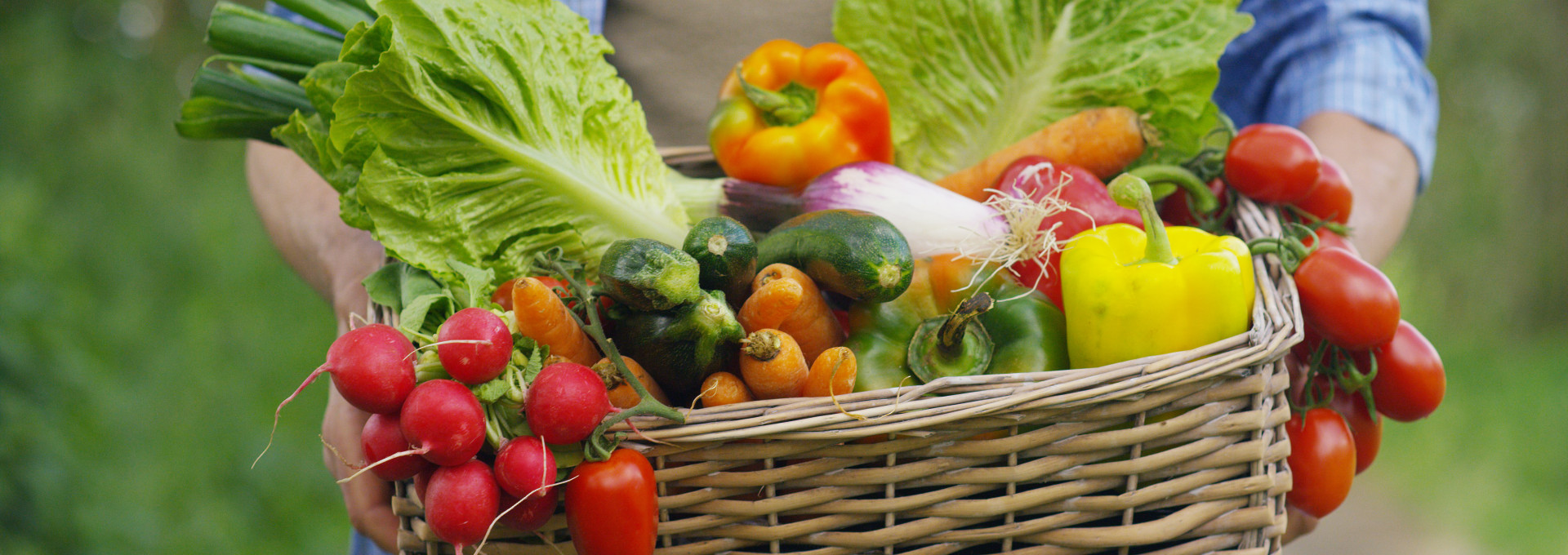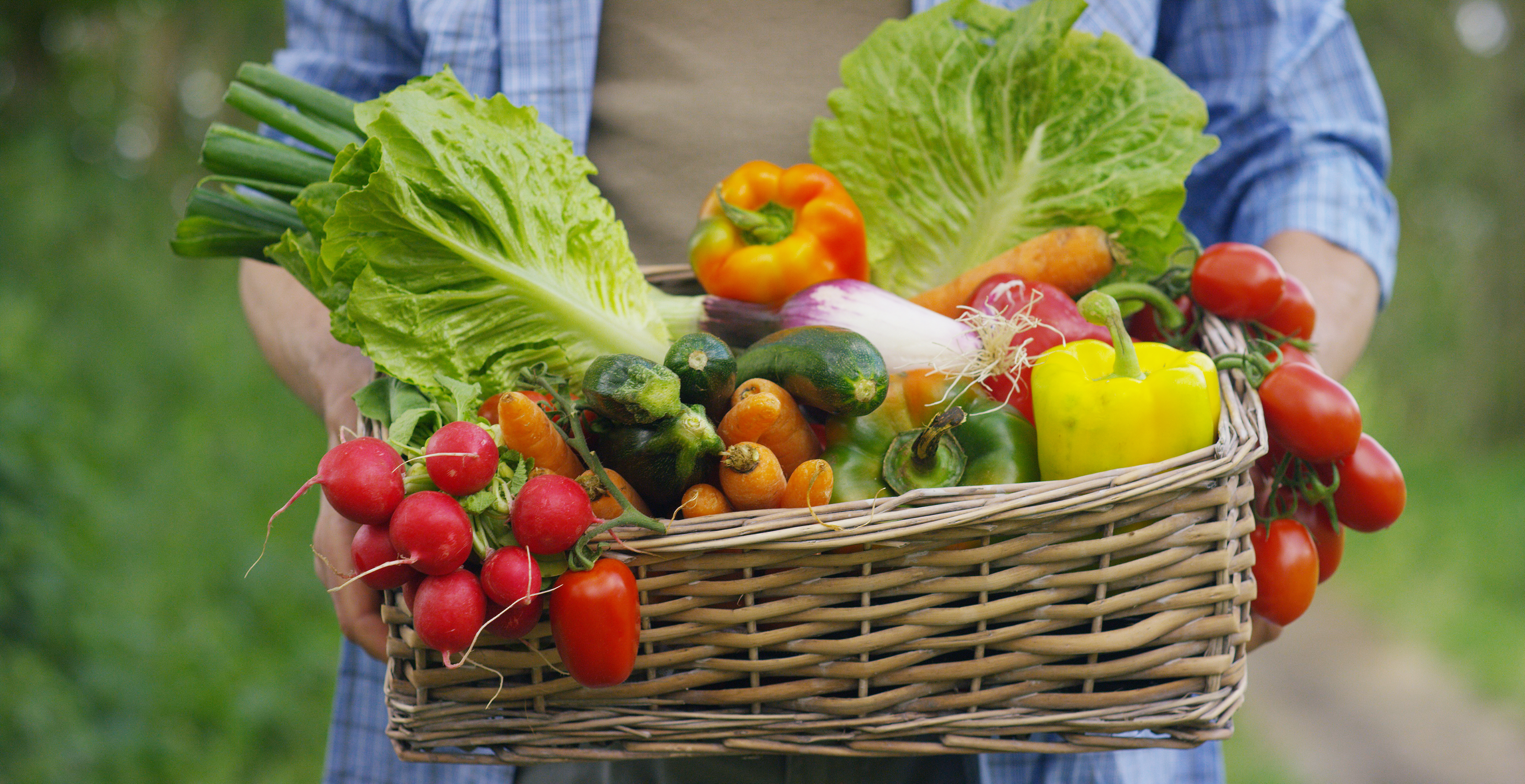



Our food system puts considerable strain on the environment. Food production is one of the most significant causes of anthropogenic greenhouse gas emissions, yet up to 40 percent of all foodstuffs ultimately land in the trash. A mindful diet can contribute to climate protection and promote our health.
A great deal of land, water, and energy is required to produce food. According to figures from the UN’s Food and Agriculture Organization (FAO), agriculture uses nearly 40 percent of global land surface and 70 percent of the freshwater available worldwide. The increasing use of fertilizers has proven to have devastating consequences for water and soil quality, the climate, and biodiversity. Approximately 70 percent of the decline in biological diversity and 75 percent of deforestation can be traced back to the production of food- and feedstuffs according to the environmental foundation WWF.
Worldwide, agriculture, forestry, and other land use are responsible for 23 percent of man-made greenhouse gas emissions according to the Special Report on Climate Change and Land published in 2019 by the Intergovernmental Panel on Climate Change (IPCC). If one takes the food system as a whole and considers not only the greenhouse gases caused by agriculture, but also by the transport, processing, refrigeration, storage, and preparation of foodstuffs including fish products, the annual output actually accounts for up to 37 percent of all emissions.
Animal products have a particularly strong impact on the climate: In 2018, researchers from the University of Oxford calculated that meat, dairy, aquaculture, and eggs use over 80 percent of the world’s farmland and contribute almost 60 percent of emissions in the food system.
Food loss and food waste
In this process, a sizable percentage of valuable food is wasted: about 40 percent of food produced worldwide will never be eaten. According to the IPCC’s Special Report, global food loss and waste currently amounts to eight to ten percent of anthropogenic greenhouse gas emissions. If food waste were a country, it would be the world’s third-largest producer of greenhouse gases after China and the United States.
The FAO estimates that approximately 14 percent of food worldwide is lost between being harvested and sold, and a further 17 percent is wasted by retailers and consumers, especially in households. In Germany alone, over 18 million tons of food is thrown away every year according to a study by the WWF. This is equal to nearly a third of the current food consumption.
A climate-friendly and mindful diet
Many studies show that switching to a diet with fewer animal products and more organic food would be better for the climate and for people’s health. As stated in the Lancet Countdown on Health and Climate Change published in 2022, a balanced and predominantly plant-based diet contributes, among other things, to reducing emissions from the production of red meat and milk while also preventing up to 11.5 million deaths attributable to imbalanced diets to diet per year.
To make a significant dent in the amount of food that is thrown away, binding targets for reducing waste along the entire supply chain are also imperative, from production and processing companies to supermarkets and consumers explains Environmental Action Germany (DUH).